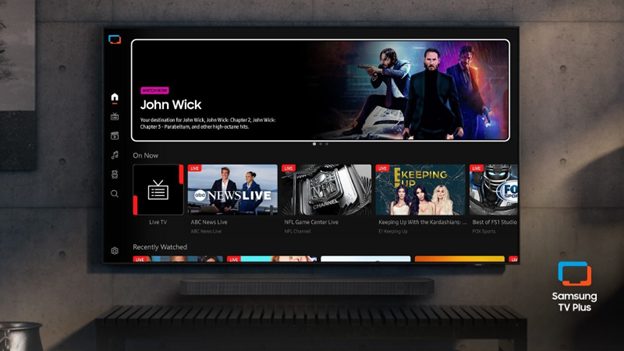HD channel sharing

In a recent article, “Technical paper finds HD channel sharing to be viable in achieving FCC spectrum goals” (available online at ow.ly/2hrPs), Broadcast Engineering contributor Phil Kurz reported on a new FCC report titled “Spectrum analysis: Options for Broadcast Spectrum OBI Technical Paper No. 3.” In the report, the FCC suggests that it would be feasible to recoup 120MHz of spectrum if it allowed competing broadcasters to share a single 6MHz channel — even if both channels transmit HDTV signals. Below are two responses we received in response.
Dear editor:
Once again, if it theoretically works on paper within the Beltway, it will automatically and magically work theoretically everywhere else in the world.
What if the two hypothetical stations sharing one channel both ran HD NFL football games at the same time? Worse, what about two HD NHL hockey games at the same time? Don't even mention NASCAR! The stations have no control over game schedules in these examples, but there is little doubt either game is going to look like the wonderful new viewing experience the FCC and other organizations over-promised at the start of the (expensive) conversion to ATSC and abandonment of NTSC, and viewer acceptance of picture degradation will be decidedly unpleasant.
MPEG-4 television sets coming online in some timely manner? Get real. I spent $1500 on an HDTV set one year ago, and the damned thing won't see the dumpster for many years unless it dies a premature and ignominious death. Nope, MPEG-2 will be around for a long, long time.
Maybe some new government-supported MPEG-4/MPEG-2 “converter box” program will cause this magic consumer conversion to evolve more quickly? Don't bet on it.
Internet-delivered real-time delivery pushes MPEG-4 forward? That use of bandwidth is even less efficient than OTA, the place from which 20 more OTA television channels will be stolen and then repurposed to a redundant and far more inefficient function. If the unspoken but long-term goal is to kill OTA once and for all, this will be a big step forward.
Glad I'm retired
The professional video industry's #1 source for news, trends and product and tech information. Sign up below.
Dear editor:
This “technical” paper from the FCC is one of the biggest loads of baloney I have ever read regarding ATSC. To believe two HD channels can co-exist in one existing ATSC MPEG-2 6MHz channel is simply dead wrong. Just the way it's referenced, like this is some brilliant, new technical accomplishment, is more baloney.
From day one of ATSC, broadcasters were able to put as many HD channels up as they wanted; it's completely within ATSC standards and always has been. Fortunately, broadcasters were professional enough to realize there was only so much bandwidth in 6MHz, and two HD channels simply could not exist without one or both being severely compromised for HD image quality.
The proof of this is the massive failure of ABC's attempt to do just that with LiveWell HD. Regardless of ABC's attempt to throttle bandwidth for LiveWell HD, uniform viewer rejection of what ABC HD looked like was the result. The only market where LiveWell HD was accepted well was WTVG in Toledo, OH, where it was downconverted to 480i 16:9.
Further, the only idea with merit mentioned in this “technical” paper is to use MPEG-4, which would require all new digital TV tuners to receive the new MPEG-4 data stream. That's the only way two HD channels can properly be broadcast in the same bandwidth in ATSC. Unfortunately, this paper is not a technical paper. It's bandwidth grab propaganda with the sole purpose of supporting the FCC position of voluntary return of existing ATSC frequencies by local broadcasters, regardless of the real-world consequences.
Ken Holsgrove
Phil Kurz responds:
Thanks for the comments. I encourage you and anyone else in the industry with an interest to express these concerns to the FCC.
As commissioner Robert McDowell told a gathering of the Virginia Association of Broadcasters on June 25: “In addition, the broadband team staffers released a ‘technical paper’ that puts more flesh on the framework of their proposal. I encourage you to read it and give us your perspectives on the ideas in it.”
One of the reasons for doing this article is to give busy broadcasters and others who may not have time or motivation to read and digest the lengthy OBI Technical Paper No. 3 an idea of what it says, perhaps motivate them to read the document and contact the commission with their thoughts.
